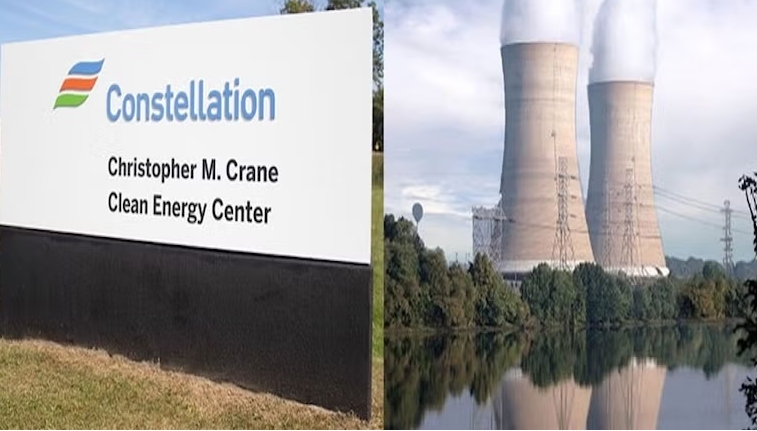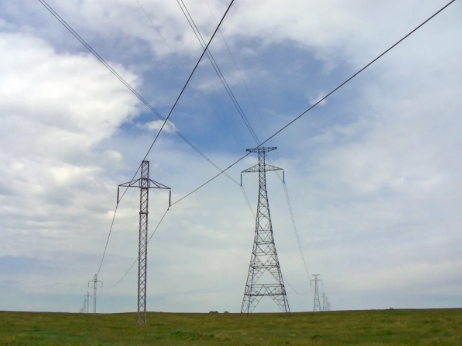
As the clock keeps ticking on the burning issue of climate change, a robust CCUS policy framework makes both climate and economic sense.
Climate change and decarbonization to net zero are perhaps the biggest challenges facing mankind, it is a challenge that transcends borders and requires the implementation of pragmatic solutions for controlling future temperature rise within 1.5 to 2 degrees Celsius from pre-industrial levels. Global man-made CO2 emissions are at about 37 giga-tonnes per annum today, with about one-third of the emissions coming from the industrial sector, consisting of steel, cement, oil &gas, petrochemicals, and fertilizers. These sectors are critical to the world economy for ensuring prosperity, material well-being, and food, material, and energy security. Most of the industrial sectors are very difficult to electrify and hard to decarbonize due to the integral role of fossil fuels, both as part of the process and as a source of energy. At the same time, global renewable power capacity has more than doubled in the last decade to over 3.600 GW. However, the intermittency of renewables requires either energy storage or fossil fuel-based power support to provide continuous electricity baseload. Given the high cost of energy storage, fossil fuel (both coal and natural gas) based power generation, which accounts for another third of CO2 emissions, is expected to play an important role in the baseload power mix for the next few decades.
Given the likely continued reliance on fossil fuels for the next few decades, carbon capture utilization and storage (CCUS) perhaps provides the only scalable and viable solution for decarbonizing baseload power generation and the hard-to-abate industrial sectors, thus substantially reducing the global carbon footprintCCUS consists of a value chain of closely linked activities, consisting of CO2capture, processing, transport and disposition/conversion of CO2 to value-added products. CCUS is still in its nascency, with only 30 operating CCUS projects largely concentrated in North America and accounting for only about 42 mtpa of carbon capture. or a mere 0.1 percent of global CO2 emissions.
As a fossil fuel-reliant economy, the Government of India has rightly recognized the role of CCUS in the future roadmap toward realizing the vision of halving CO2 emissions by 2050 and achieving net zero by 2070. Towards this end, the apex policy thinks tank of the nation, the NITI Aayog, has recently published a report on the policy and implementation framework required for CCUS in India. Policy-enabled adoption of CCUS is critical to long-term sustainability and continued competitiveness of critical sectors such as coal-based power generation, steel cement oil & gas fertilizers, and chemicals, as well as the nascent sunrise sector gasification and blue hydrogen, leading to a self-reliant Indian economy.
Government Support: CCUS requires an enabling policy framework and government support that includes supportive policies in the form of grants, subsidies, incentives, and preferential procurement for carbon-abated products as well as incentives for carbon dioxide storage. CCUS can be incentivized through a tax & cash credits-based policy framework and institutional funding mechanisms for providing for early-stage financing and funding of CCUS demonstration projects. lt is estimated that the capital cost to be funded by the Government of India for demo scale CCUS projects for coal-based power plants, steel, cement oil & gas refineries and the sunrise sector of coal gasification would be in a range between Rs 8.500 crore, and Rs 10.000 crore. A Carbon Capture finance corporation (CCFC) can be the Government's nodal institutional mechanism to fund and kickstart CCUS in India.
For CCUS to make a meaningful decarbonization impact on India's expected economic growth and future CO2 emissions, CCUS needs to grow to 750 mtpa by2050 from near zero today. The total tax & cash credits to be subsidized by the CCFC are estimated to be about Rs 210.000 crore per year by 2050. The UnionBudget can seed CCUS funding in India by creating the CCFC and providing a funding mechanism for the CCFC, either by using the Clean Energy Cess or by dedicating about 0.5 percent of the Government's Gross Budgetary Support. The remaining amount can be mobilized through floating green bonds in the international bond market and re-investment returns on the initial surplus of the corpus.
Further, reaching 750 mtpa of CCUS capacity by the year 2050 requires the government to subsidize USS 100 - 150 billion of capital investments over the next 30 years. Our estimates indicate that this subsidy will pay for itself. as the multiplier effect of this subsidy on the GDP would be of a similar - if not larger -magnitude. CCUS will also enable the buildout of clean coal to the chemical ecosystem and help in replacing the import of chemicals and crude derivatives to the tune of USS 7-10 billion per year, thus increasing the GDP, reducing current account volatility, and strengthening the nation's energy security. Importantly, for a young country like India, CCUS projects will lead to significant employment generation to the tune of 8-10 million jobs.
Building a thriving CCUS ecosystem in India can be accelerated through supportive Government policies around the transfer & indigenization of commercially established carbon capture technologies. R&D in relatively nascent CO2 utilization technologies, funding pore space mapping programs for CO2 storage assessment, and creating a common CO2 transportation infrastructure so that CO2 hubs and clusters and markets can develop and evolve.
As the clock keeps ticking on the burning issue of climate change, a robust CCUS policy framework makes both climate and economic sense. bolsters our energy and material security, and it ensures the continued sustainable growth of the Indian economy in an increasingly carbon-constrained world.







